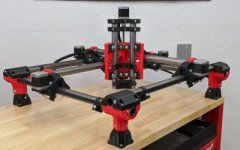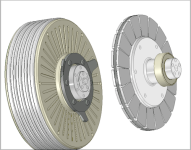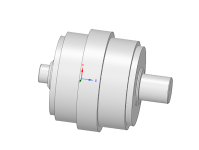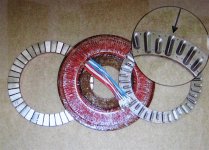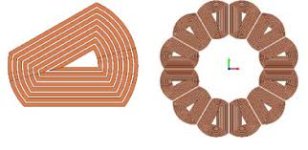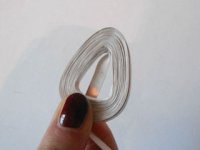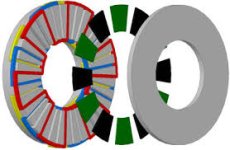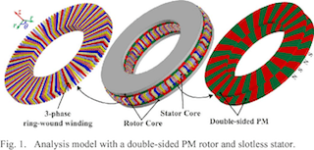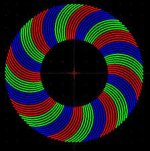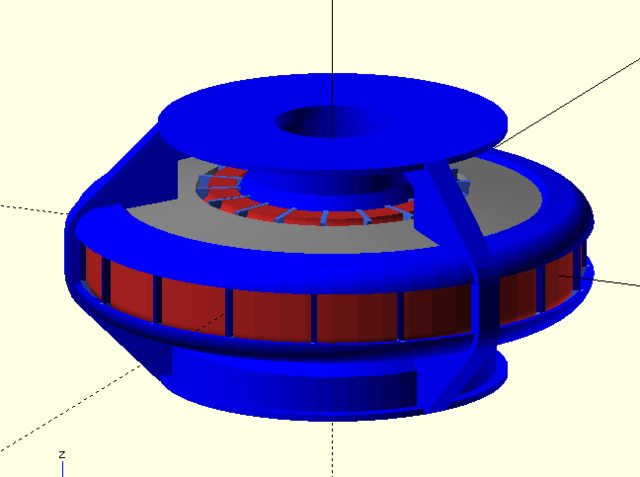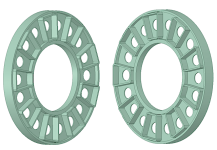APL
100 kW
- Joined
- Aug 6, 2018
- Messages
- 1,113
Well, that is a question I've been wondering about, can you epoxy Titanium? I think we used to use it in brazing fixtures
because nothing would stick to it. If true, then cutting and bonding things to the outside rim would be futile.
In which case, then the inner cuts would be an even more viable option.
As far as the DIY CNC table, every thing in the motor can be done on a 300 x 300mm table, and 3D printers are already
set up for PC Cad and 2D operations. They're just not very robust, or protected for water jet environments, and the
center bed mechanics need to be wide open for down flow. But I think all that can be overcome.
The hurdle I'm having trouble with is the automatic turning on and off of the water or plasma stream.
If I went real slow, I could probably do it with manual switches.
I like the router tables because they're 2D, robust, open, and relatively cheap. I'm not sure what the programing system is
though. Getting the X-Y axis mechanism's isn't as much of a problem as the programing is. I know there are kit's too.
I have a plasma cutter, and it's not much trouble to mount it to the table, but it still has the switching problem.
It's going to take some research, and probably a year or so away before I can get to it. Otherwise, just a straight cutter
will do wonders too.
because nothing would stick to it. If true, then cutting and bonding things to the outside rim would be futile.
In which case, then the inner cuts would be an even more viable option.
As far as the DIY CNC table, every thing in the motor can be done on a 300 x 300mm table, and 3D printers are already
set up for PC Cad and 2D operations. They're just not very robust, or protected for water jet environments, and the
center bed mechanics need to be wide open for down flow. But I think all that can be overcome.
The hurdle I'm having trouble with is the automatic turning on and off of the water or plasma stream.
If I went real slow, I could probably do it with manual switches.
I like the router tables because they're 2D, robust, open, and relatively cheap. I'm not sure what the programing system is
though. Getting the X-Y axis mechanism's isn't as much of a problem as the programing is. I know there are kit's too.
I have a plasma cutter, and it's not much trouble to mount it to the table, but it still has the switching problem.
It's going to take some research, and probably a year or so away before I can get to it. Otherwise, just a straight cutter
will do wonders too.


